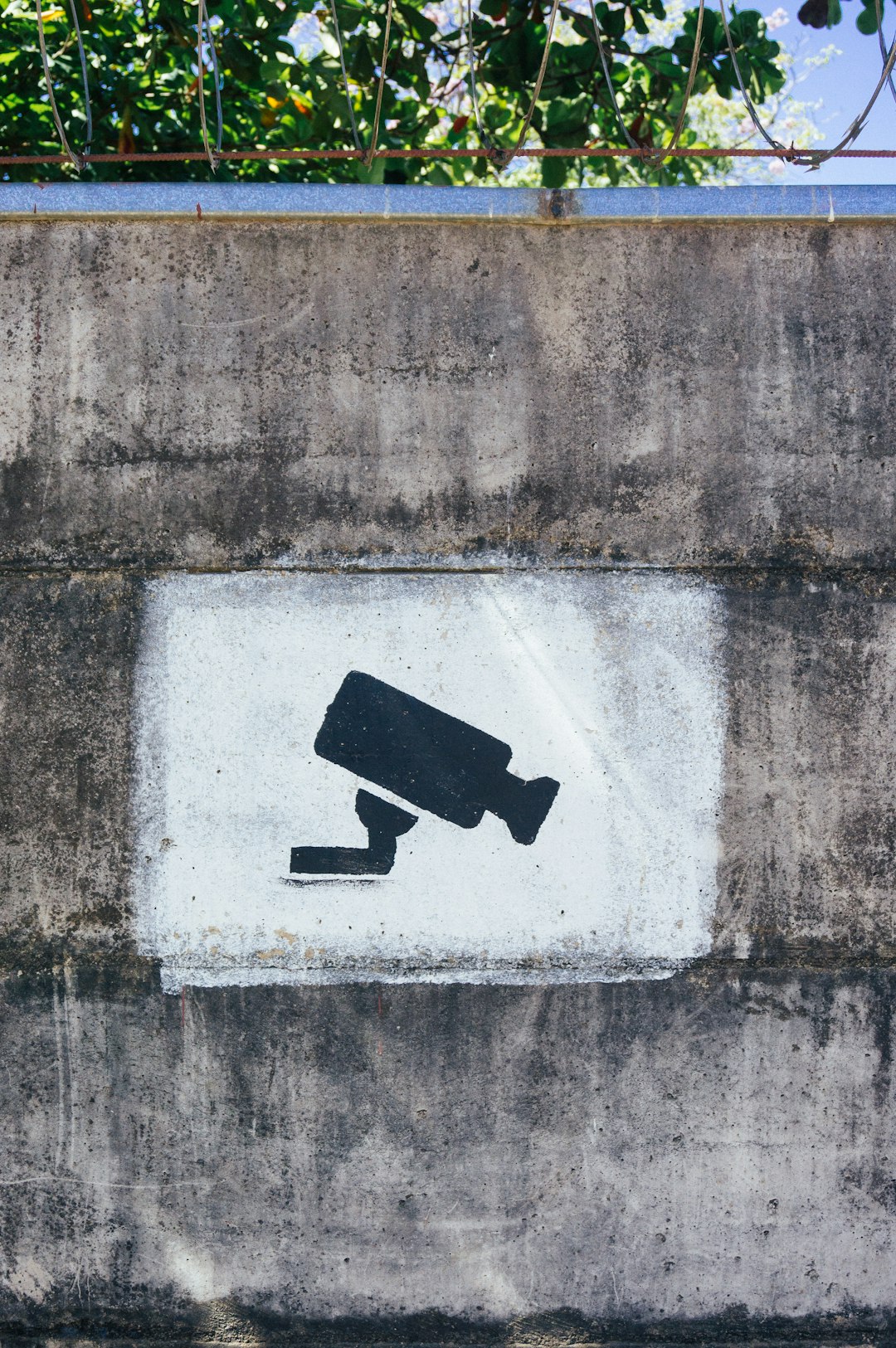GroupMe is a popular messaging platform used by friends, families, and coworkers to stay connected through group chats. With its simple interface and broad compatibility across devices, it’s a preferred choice for many looking for informal communication. However, when someone decides to leave a GroupMe group, it can raise questions about privacy, message history, notifications, and group dynamics. Understanding what actually happens when a participant exits a chat is important for both the person leaving and those remaining in the group.

Notification to Group
When a user chooses to leave a GroupMe group, the application automatically generates a system message within the chat. This message clearly states that the person has left the group, using their display name. For example, the message might read, “Alex Johnson has left the group.”
All members currently in the group will see this notification. It cannot be disabled or hidden, ensuring transparency. However, the person who has left will no longer have access to the group or see this message once the action is completed.
Access to Group Content
Once someone leaves a GroupMe group, their access to that conversation ends immediately. They are no longer able to:
- View message history
- Receive new messages from that group
- See media (photos, videos, links) shared after departure
It’s worth noting that messages and materials shared before a person leaves will still be visible to everyone else in the group. However, the departing user loses all access to past messages unless they had previously saved or archived them.

Rejoining the Group
If a user decides later to rejoin the same group, they can only do so if:
- They are invited back by a current member or the group admin
- The group link (if it exists and is still active) is shared with them
Upon rejoining, the user will only be able to see messages from the point of re-entry forward. They will not regain access to the chat history that transpired during their absence unless someone in the group specifically shares that information with them.
Impact on Group Dynamics
When someone leaves a GroupMe group, it can subtly or significantly affect the dynamic of the conversation, depending on the individual’s role and level of participation prior to their departure. Some consequences include:
- Reduced message engagement: If the person was highly active, the group might experience a noticeable dip in conversation volume.
- Change in tone or topic focus: Especially in smaller groups, a member’s exit can shift how discussions flow.
- Need for replacements: In workplace or project-related groups, administrators may need to add a new participant to compensate for workload distribution.
Can Someone Be Removed Without Their Consent?
While leaving is voluntary, group admins can remove members from the group. In such cases, a similar message appears in the chat, such as “Chris Taylor was removed from the group.” Admins can take this step for reasons like spamming, inactivity, or conflicts. The removed member will lose all access to the group and its messages, just as if they had left of their own accord.
Other Considerations
There are several additional points to keep in mind when a user leaves a GroupMe group:
- No notification outside the group: GroupMe does not send outside alerts (such as text or email) when someone departs a chat.
- Direct messages remain unaffected: If you’ve had private, one-on-one conversations with the person who left, those remain intact and accessible.
- Admins can’t prevent users from leaving: Participation in GroupMe is always voluntary, and no settings can force someone to remain in a group against their will.
Conclusion
Leaving a GroupMe group is a straightforward process with clear implications. It ensures that the individual can no longer access messages or participate in conversations, and it is immediately visible to the remaining group members. Whether for personal reasons or simply to declutter communications, users can leave or be removed while maintaining control over their digital interactions. Understanding the aftermath of this action helps both individual users and group members manage their communication channels more effectively.
